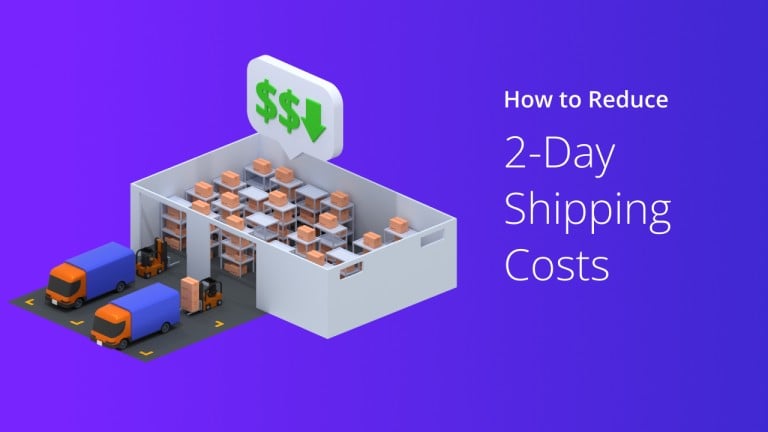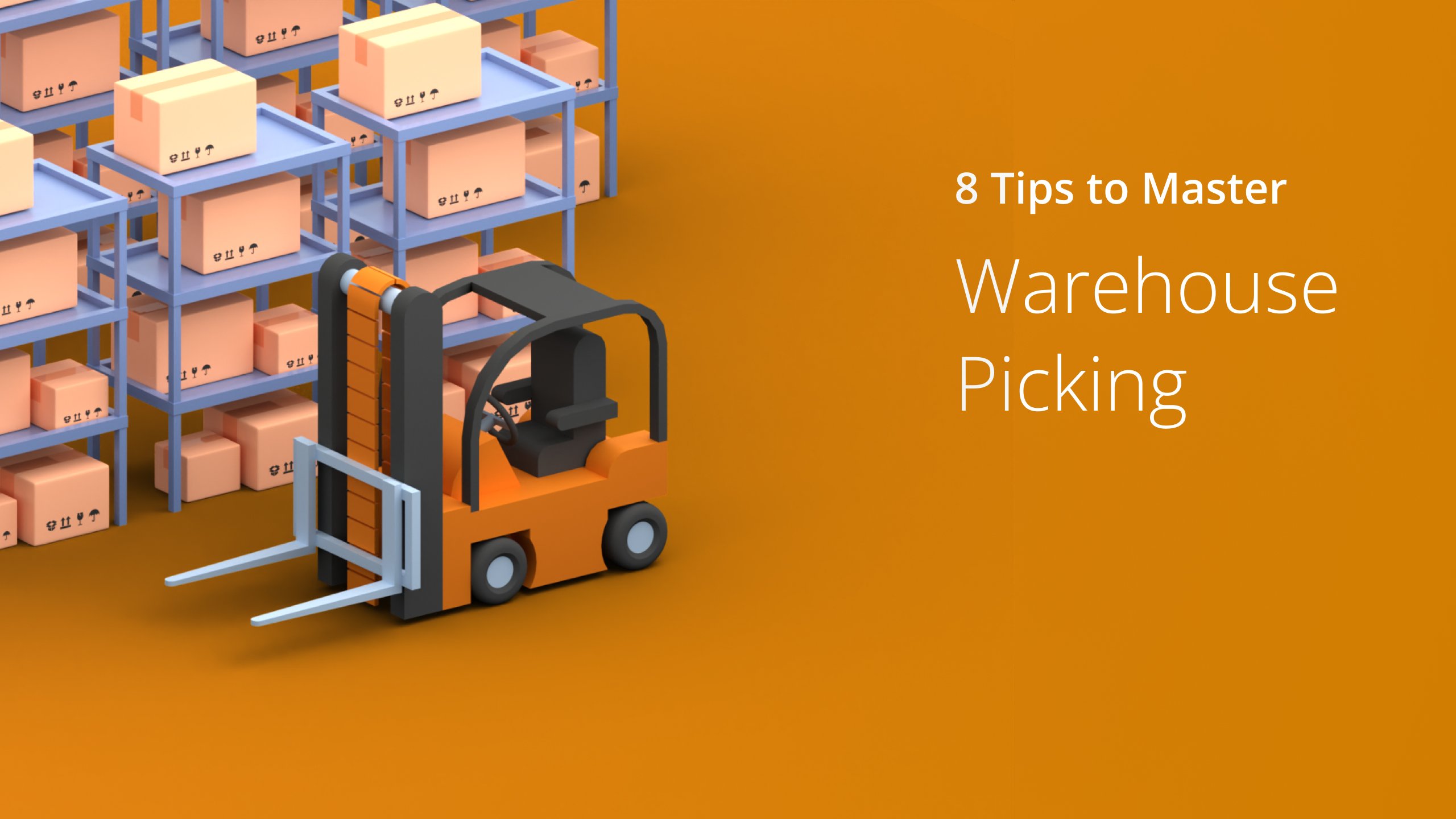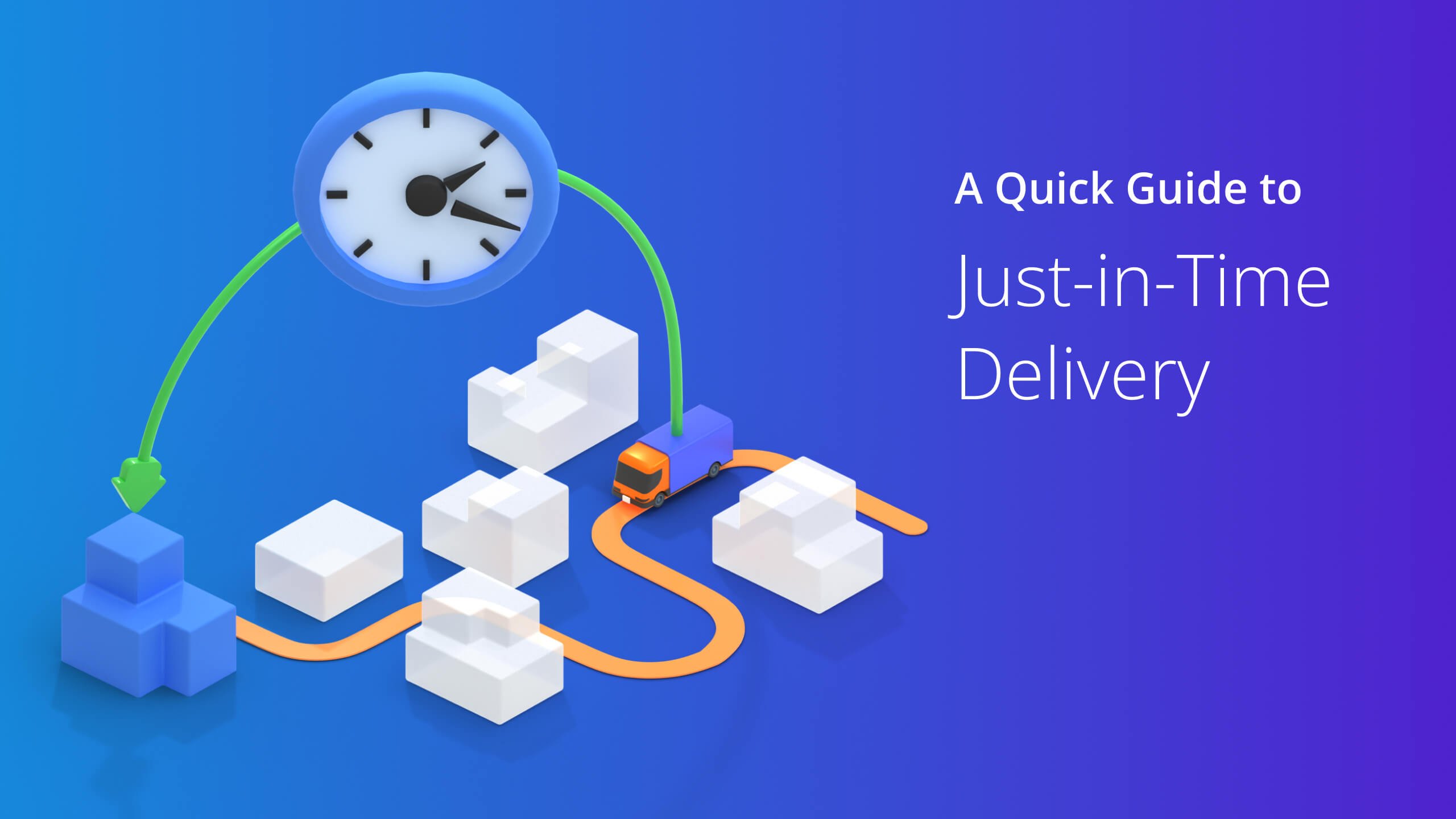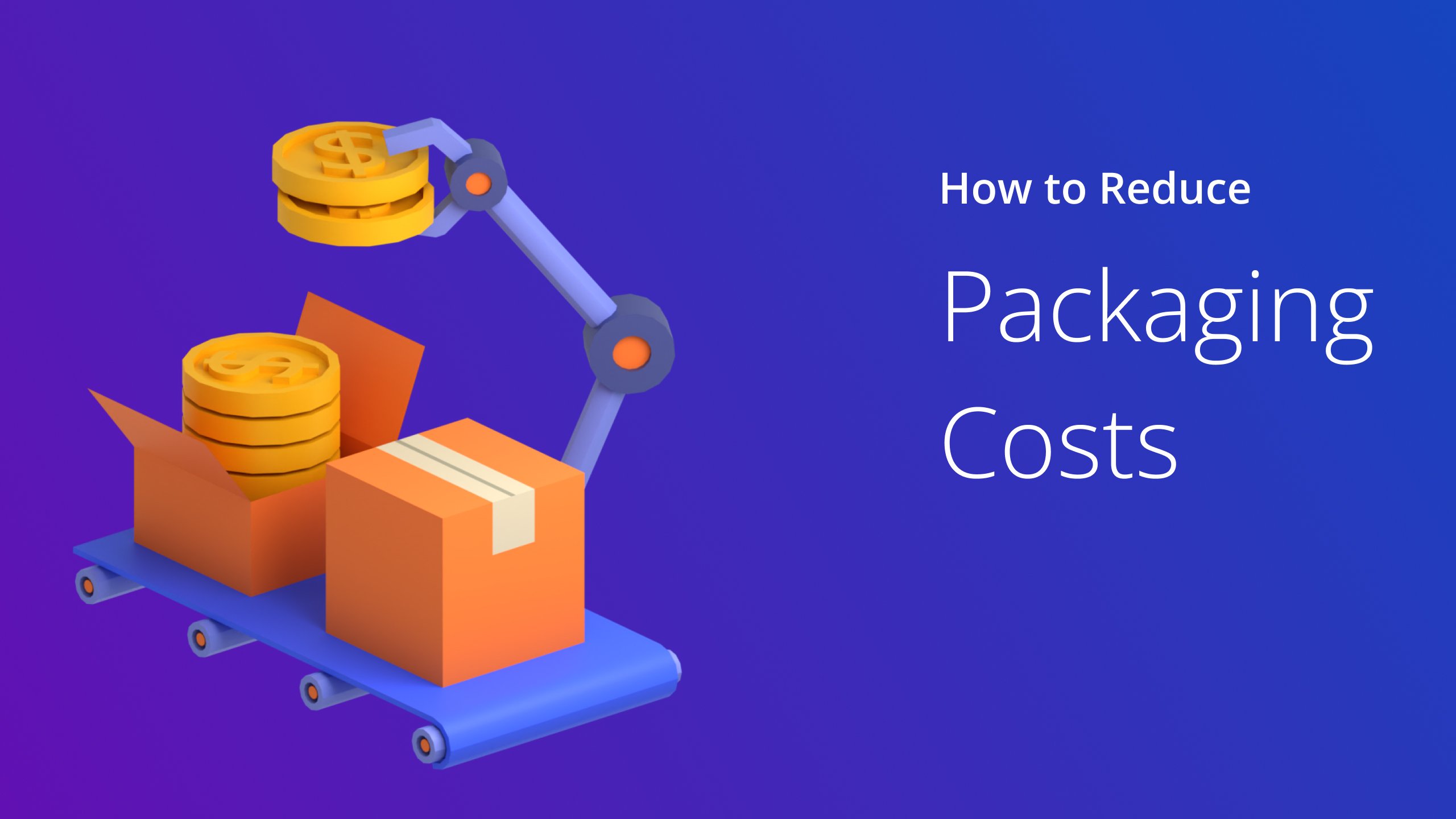Amazon has changed the game for quick fulfillment. Its Prime 2-day deliveries have created a new competitive benchmark for the industry.
Customers now expect such shipping options from every eCommerce brand.
The equation is straightforward. Offer 2-day shipping or lose out to those who offer 2-day shipping.
But express shipping is a tough nut to track.
Rising fuel costs, complex logistics, infrastructure investment, driver attrition, and the demand for precision all contribute to expedited shipping’s escalating expenses.
So, you may lose more money instead of making more.
To meet customer demands for superfast deliveries without draining your wallet or compromising service quality, you need to find the sweet spot between speed and savings, and this article will help you do just that.
Below, we discuss various tactics and best practices that can help you streamline your operations and keep costs minimal. So, let’s dive in.
Table of Contents
1. Use Route Optimization Software
An advanced route planner offers many powerful features that help you provide 2-day shipping without straining your pocket.
For example, Route4Me’s delivery route planner helps plan well-optimized multi-stop routes in 30 seconds. You can import orders from various e-commerce platforms and incorporate them into route planning and optimization.
The route optimizer software considers traffic, weather, load, weight, height, roadblocks, and many other constraints to ensure drivers never get stuck on the road.
Therefore, drivers can make more stops in less time, reducing overtime expenses. Plus, you can keep the fuel expenses under control.
It even comes with a geocoder that autocorrects any wrong address entered into the system. This helps avoid failed deliveries and prevent returned packages from eating up your profits.
Route4Me’s multi-stop route optimization software can also optimize pick and pack routes inside warehouses or distribution centers for robotic and human operators. This helps you locate items quickly, verify, and prepare the goods for shipment faster.
You just need to describe the item types and the number of items in each part of the warehouse or yard. The software then generates highly efficient routes to facilitate loading or picking tasks. That’s it!
Route4Me even offers a commercial GPS tracker that helps you monitor your drivers or subcontractors on a map in real-time to ensure they follow the route as instructed and meet the deadline. You can also view and audit the history of their activities.
Route4Me’s last-mile software has two valuable features: customer alerting and notification and a real-time portal that enables customers to track their order status.
The customer alerting and notification feature allows you to notify customers via email or SMS about their package’s whereabouts, whether it’s out for delivery, about to be delivered, or has already been delivered.
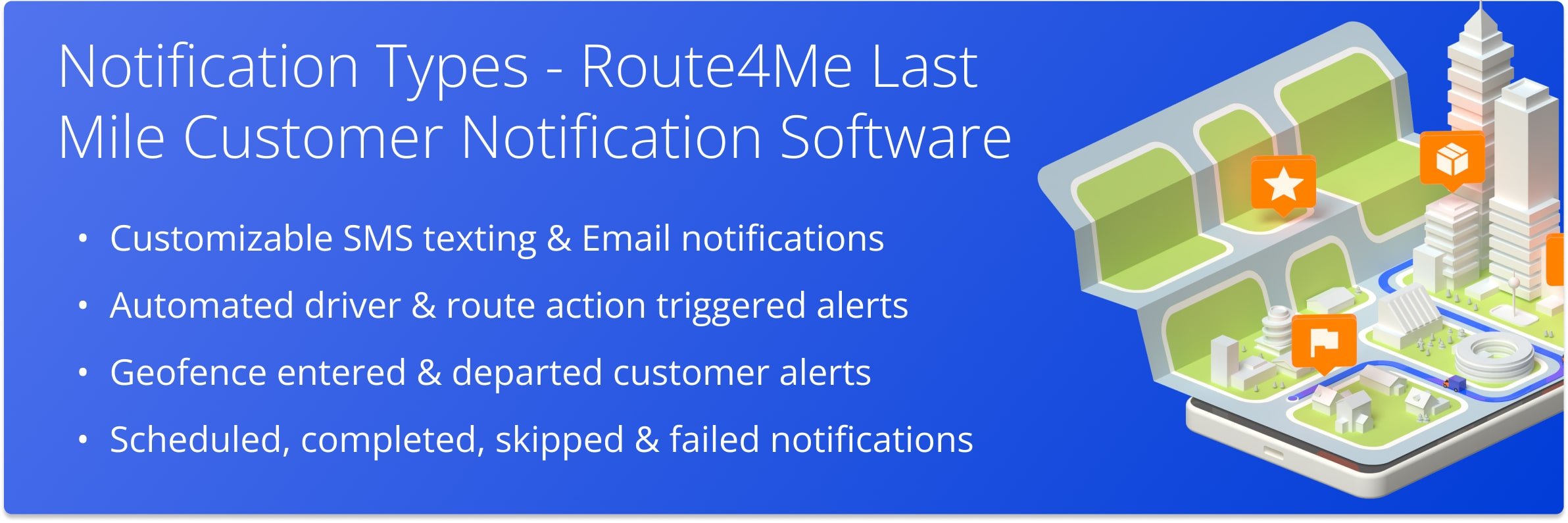
If you subcontract work to other drivers, Route4Me’s tracking and notification also work with their routes and devices.
The customer portal feature lets end customers track their order status in real time.
Want To See For Yourself How Route4Me Can Help Plan Efficient Routes?

2. Optimize Inventory Management
Optimizing inventory management can help reduce shipping distances, lower transit times, and save on costs. It can also increase customer satisfaction through faster delivery and improved service reliability.
Start by setting up multiple warehouses across different regions to reduce the burden on a single location and expedite delivery for nearby customers.
It also helps manage risks efficiently because disruption in one warehouse won’t impact the continuity of delivery services.
Try establishing the warehouses near urban centers or areas with high customer density. It would help you fulfill many customer orders quickly and cost-effectively. To pinpoint such areas, you can analyze current inventory distribution or customer order patterns.
Ensure each warehouse has an appropriate stock level based on local demand to prevent overstock or stockout situations, which can be expensive.
An inventory management system can track stock levels in real-time across all locations and efficiently redistribute inventory when needed.
Demand forecasting tools can help you allocate inventory more accurately across different regions. Such tools leverage market trends, historical sales data, and seasonality to predict future demand.
You may also implement Just-in-time (JIT) inventory practices to reduce the amount of inventory in hand by receiving goods only as they are needed for production or sales. It helps minimize storage expenses and the risk of inventory obsolescence.
3. Negotiate with Carriers
To control 2-day shipping costs, you must negotiate effectively with carriers. Work with multiple carriers to create a competitive environment, compare services, and get the best deal.
If you have many orders to deliver, you can negotiate lower per-unit shipping costs. Shipping carriers often provide significant discounts for businesses with high delivery volume requirements.
You can group shipments, where possible, to increase the volume managed by a single carrier for better discounts.
Try signing up for long-term with carriers for stable and predictable transportation costs. This will also encourage carriers to provide better service, as they are more likely to prioritize businesses that offer consistent and reliable delivery volumes.
You can hire regional or local carriers as they often provide competitive rates and faster delivery times than national carriers.
Here are some tips to help you make successful negotiations.
- Analyze your shipping data to understand volume, destinations, and package sizes to negotiate rates and terms that match your specific requirements.
- Prepare a Request for Proposal (RFP) to specify your requirements and invite carriers to submit their best offers. To ensure comprehensive responses, you can include service levels, pricing, technology integration, and customer support criteria.
- Discuss value-added services and rates, such as dedicated account management, tracking capabilities, and faster issue resolution.
- Conduct trial periods to evaluate performance before committing to long-term contracts.
- Regularly review and renegotiate contracts with carriers to ensure you are not locked into uncompetitive or outdated rates. You may include clauses for regular rate review and amendments based on order volume changes.
4. Optimize Packaging
Carriers often bill using Dimensional Weight pricing. That means they charge according to the package’s weight and space.
Therefore, you must package your goods efficiently to minimize the size and weight of shipments and significantly reduce costs.
Use appropriate-sized boxes for delivery to avoid paying for unnecessary space. Select packaging that closely matches the product dimensions you need to deliver.
You can also opt for custom packaging solutions that perfectly fit your product. This helps reduce the additional space and the need for fillers, slashing dimensional weight costs and improving customers’ unboxing experience.
Also, use lightweight yet durable materials such as air pillows, bubble wrap, and corrugated cardboard. They can help protect goods during transport without adding significant weight.
You can even use eco-friendly materials, like compostable packing peanuts. These materials reduce environmental impact and attract environmentally conscious customers.
You can even explore innovative packaging designs such as air-cushioned packaging or molded pulp to improve protection without using many materials.
No matter what packaging techniques you use, keep auditing to identify areas for improvement. Evaluate the types and sizes of their effectiveness in protecting products while minimizing costs.
Plus, train your team on the best practices for packaging, such as packing techniques, choosing suitable materials, and understanding the impact of dimensional weight on delivery costs.
5. Monitor and Analyze Shipping Performance
You can identify inefficiencies, reduce costs, and improve customer satisfaction by tracking key performance indicators (KPIs) and continuously improving shipping strategies.
Monitor delivery costs regularly to identify trends and services. Break down the expenses by shipping method, carrier, and destination to identify areas for potential savings.
Also, track delivery times and compare them against the actual delivery windows to ensure you meet customer expectations.
Calculate the average delivery cost per order to evaluate your profitability so that you can set accurate pricing and shipping fees for customers.
Collect customer feedback through surveys, reviews, and direct communication to assess customer satisfaction with your services. Route4Me can help here. It lets you collect satisfaction ratings and detailed feedback by text, email, or phone at every stop.
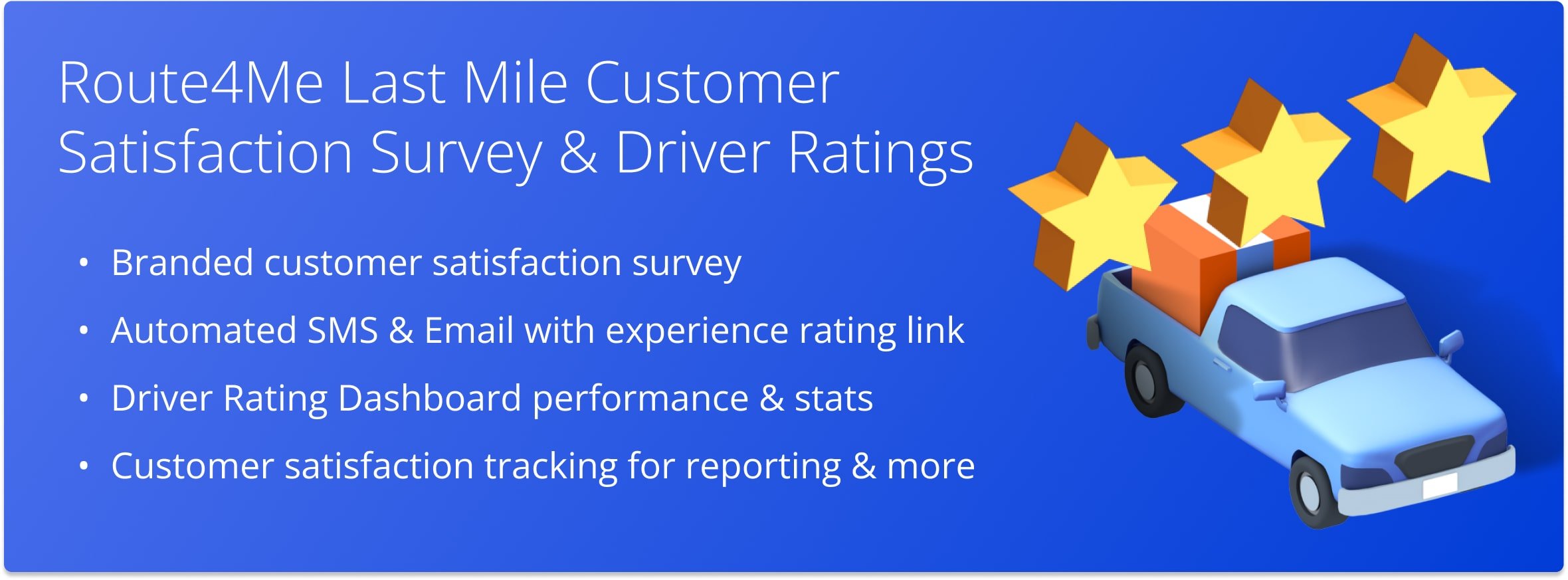
Don’t forget to monitor the returns rates related to shipping issues, such as damaged goods or delayed deliveries. High return rates mean your shipping process needs serious attention.
Also, identify how many orders are delivered on time. This KPI is critical to assess the reliability of your delivery operations and carrier performance.
Investigate the reasons behind late deliveries.
Is it due to warehouse delays? Or is it due to unanticipated situations on the road, such as traffic due to accidents or downpours?
Route4Me offers a reporting and analytics feature that helps you track performance seamlessly. You can measure actual vs. plan for meaningful KPIs, including route time, distance, and number of stops.
You can create side-by-side comparisons and drill down to any level by date, team, or driver.

Frequently Asked Questions (FAQs) about 2-Day Shipping Costs
What is considered 2-day shipping?
How to reduce shipping costs for your small business ?
Final Thoughts about Reducing 2-Day Shipping Costs
In conclusion, reducing 2-day shipping costs requires a multifaceted approach that balances efficiency, cost-effectiveness, and customer satisfaction.
Implementing strategies such as adopting a route planner, optimizing packaging and inventory management, carrier negotiation, and continuous performance can help you meet customer expectations for fast delivery while maintaining profitability.
Want To See For Yourself How Route4Me Can Help Plan Efficient Routes?

